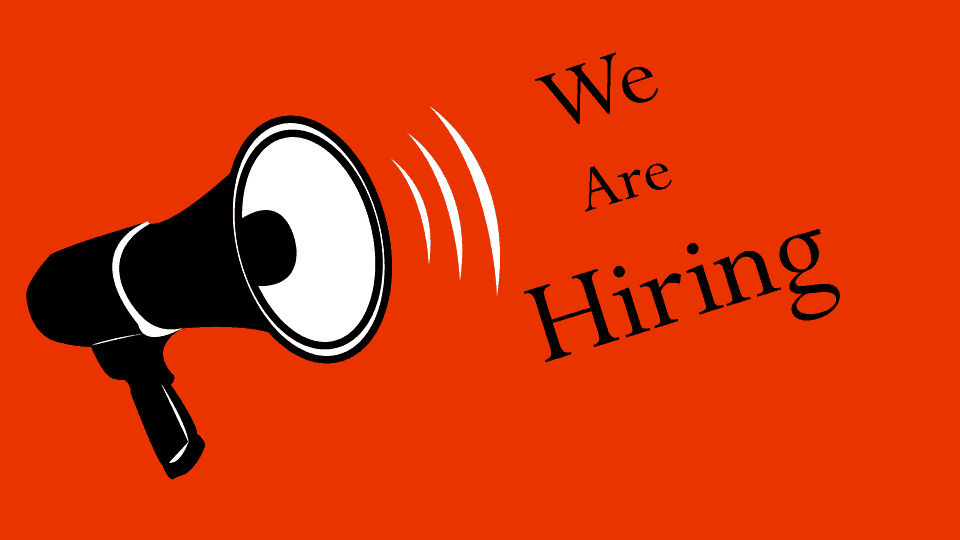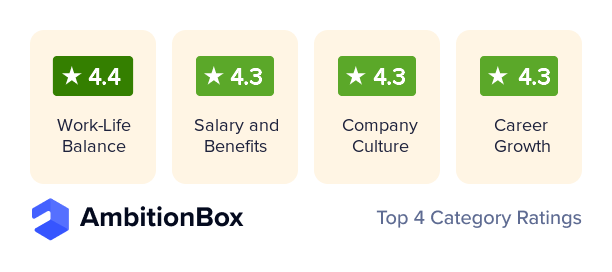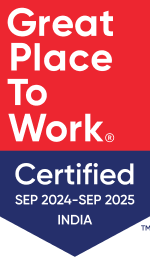The People Function runs the risk of conforming to the ideas and perceptions of the People Leader and/or the team. While the Leadership provides critical inputs and rolls-out the action plan for implementation, there is a need to keep decisions free from judgment and bias. This is particularly true for talent functions, not only because it deals with the ‘people question’ which is not set in stone, but also because of the ‘strategic’ nature of the decisions. These decisions have wider ramifications on business resilience, productivity, and financial health.
Data is impersonal and mostly unbiased, though the interpretation can vary.
What is People Analytics?
People Analytics, also known as HR Analytics, Workplace Analytics, or Talent Analytics, has become a catchphrase in HR tech. Before moving further, let us find out more about it.
Gartner has defined People Analytics as:
“the collection and application of talent data to improve critical talent and business outcomes. People Analytics leaders enable HR leaders to develop data-driven insights to inform talent decisions, improve workforce processes and promote a positive employee experience.”
People Analytics is a data-driven approach which enables business leaders to take decisions based on the data and insights rather than on the basis of traditional methods which may be colored by perceptions, personal relationships or experience. People Analytics utilizes technology and data to assist business executives in making informed decisions.
According to Redthread Research, People Analytics can be classified into 10 sub-categories. While this is a particular list, what constitutes People Analytics and what does not may be defined by the end-goals of an organization. However, the broad contours include the following domains:
- Employee Engagement/Experience
- Multi-Source People Analytics Platforms
- Organization Network Analysis (ONA)
- Workforce Planning
- Labor Market Analysis
- Learning Analysis
- DE&I/Pay Equity Analysis
- Employee Coaching
- HCM/Integrated Talent Management Analysis
- Text Analysis
Why is People Analytics An Integral HR Function?
People Analytics is the new frontier for the People function which can be applied to a variety of HR activity. Organizational people data can assist teams in talent acquisition activities, streamlining and improving performance management frameworks, help retain critical talent, and assist in succession planning. Over the years, analytics has become an integral part of the HR processes, so much so that organizations are spending time and resources in up-skilling HR professionals in leveraging and embedding analytics in to their routine functions.
In a nutshell, People Analytics has the potential to support HR managers to isolate talent hubs, understand talent demand & supply dynamics, home in on potential talent pools, create a talent pipeline of the future, benchmark performance, set compensation & benefits (C&B) standards, and map talent with business functions.
Though it may sound cliche, with all the research and supporting evidence in its favor, there is little doubt that embedding analytics in to the people function can greatly enhance the transactional nature of the HR function and drive it towards a strategic level. The HR teams are generally viewed as support staff, being a cost-centre and non-client-facing function. That has begun to change; by implementing analytics, the People function can pivot to being a strategic force multiplier.
What Does it Bring To The Table?
Organizations need to understand the power of people data. The explosion of data is changing the way organizations work or respond to marketplace changes. In today’s competitive labor market, where the talent wars are changing the workforce dynamics, companies must use people analytics to get a clear picture of what is working and what’s not.
Below are some of the impact areas of leveraging People Analytics:
Pinpoints Issues in Hiring/Talent Acquisition
People analytics can help businesses to identify attributes that produce long-term, best-performing employees. In addition, it can help the HR team and managers find the best-fit candidates – whether from job boards, social sites, or from employee referrals. Furthermore, it also focuses on where they are losing the candidates – is it at the sourcing/interviewing stage, or if selected/offered candidates are not willing to join because they had a better offer.
Save Times
One of the most significant benefits of people analytics is that it saves time. People Analytics can empower teams to focus on employees and programs that benefit the organization, allowing the HR team to spend more time on actions that will provide better results for the company.
Removes Bias
One of the most common problems organizations face is how they can remove bias while hiring a candidate or offering a higher position to the employee. People Analytics provides insights that the teams can use to inform (both candidates and employees) and empower their strategic decisions. In addition, using employee data, people analytics enables both the HR team and managers to make less subjective and emotion-based decisions.
Improves Employee Experience
Organizations have always been inclined to increase their customer satisfaction, look for ways to improve customer experience, and neglect employee experience. However, they should consider that employee satisfaction is paramount for the overall success of the organization. By integrating people analytics, teams can gather information using feedback forms, surveys, interviews, performance reviews, customer feedback, and social media inputs (Glassdoor, Indeed etc.) and then analyse and compare the data to understand employee experience across a range of parameters, identify bottlenecks, levels of dissatisfaction and then find ways to improve any dissidents.
Access to Real-Time Data
The market is awash with software that uses Machine Learning to assist employers with the information and data required to maintain staff and operate their businesses efficiently. People analytics tools search for patterns and models associated with employee behavior, performance, and other factors that may be tough to monitor consistently, producing extensive reports for the HR team and management on a real-time basis to act upon.
Identifying Skill Gaps
One of the biggest problems for any organization is the skill gap (absence of requisite skills) that hinders performance, growth and time-to-market. It is more pronounced than before, particularly when companies are scouting for talent within limited pools. It is challenging to identify the skill-sets required to execute projects. However, with the amount of information provided by people analytics software, HR teams and management can pinpoint what an organization lacks in terms of skills. This can go a long way to plan for skills fulfillment, talent mapping, targeting candidates etc.On the Organization Development/ Training side, People Analytics can help ascertain talent pockets within an organization that are most suitable to up-skill in selective domains. It not only helps to identify the skills domain that are required for success, but also helps to understand the talent mix that is required to inculcate those skills within the organization. This can have a profound impact on the need for training, the numbers, metrics, cost and the critical success factors.
Reducing Employee Turnover
The global Labor market is witnessing an upheaval. As it is, new skills are moving up the desired list of recruiters in response to changing job descriptions, it is also the time of the so-called ‘Great Resignation’. 4mn Americans have quit their jobs in the month of July, 2021 according to the data from the Bureau of Labor Statistics. At the end of July, 2021, there were a whopping 10.9mn open jobs just in the United States. Resignations are higher in the Healthcare and the Tech industries. Unfortunately, hiring new employees costs thousands of dollars for the company. People Analytics can come to the rescue in such as situation. It can assist companies in quantifying the problem, identifying the root causes and develop tailor-made retention policies. In addition, Analytics can also shed light on those employees who might leave the organization in the future, pointing out any possible employee losses before they actually occur, providing an opportunity for HR teams to plan ahead of the events.
Final Thoughts
People Analytics has played a crucial role in transforming how HR leaders make decisions. However, it is more than just an emerging HR trend today, and it has become central to an organization’s broader people strategy.
With the introduction of new technologies, People Analytics has become an essential part of the HR function. As a result, HR executives are trying to find ways to integrate these new technologies into their operations.
With the introduction of new technologies, People Analytics has become an essential part of the HR function. As a result, HR executives are trying to find ways to integrate these new technologies into their operations.
We can predict that many HR executives will be using predictive analysis for hiring decisions by 2021. This is because employers are looking for a way to make sure they can hire candidates who are most likely to succeed before they even start work.











